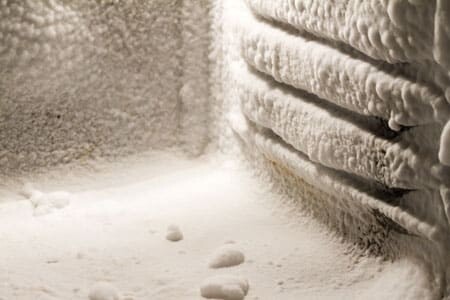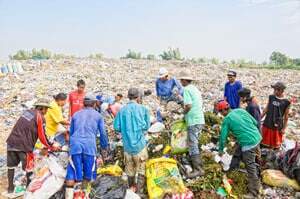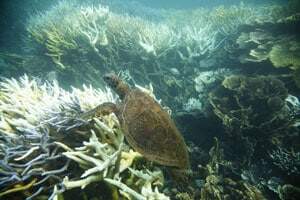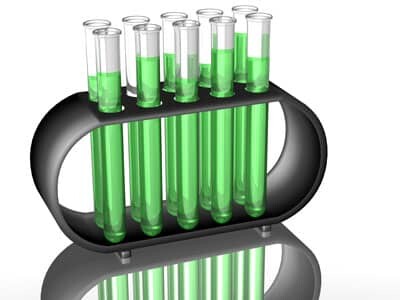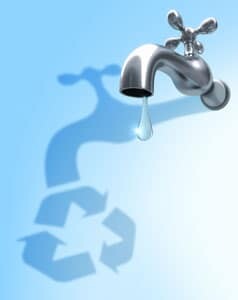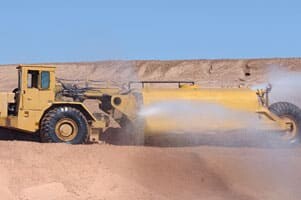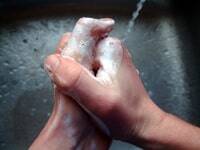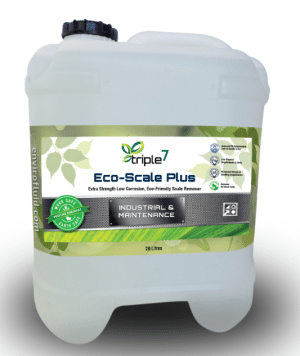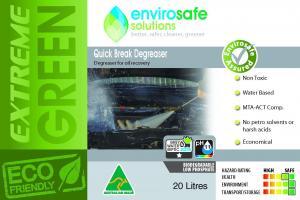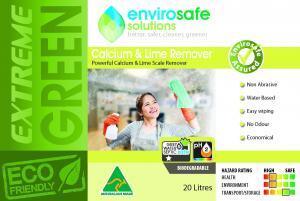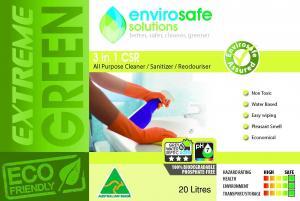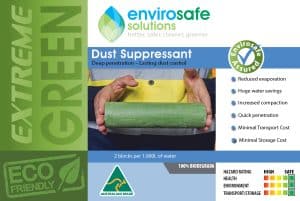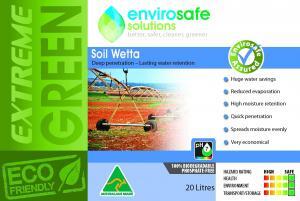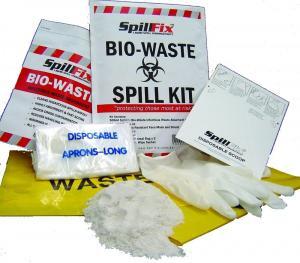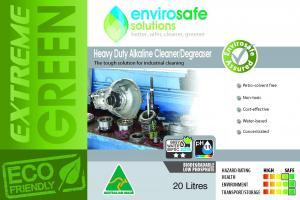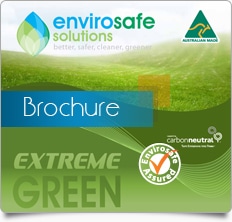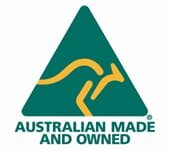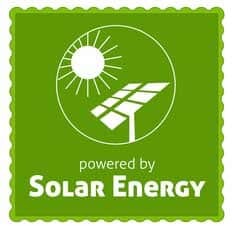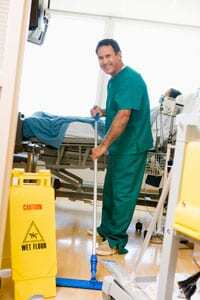 On Anzac Day each year, young and middle aged Australians are reminded of the reality of battle, and the realities faced by those older generations who lived through the horrors and vagaries of both The First and Second World Wars. But aside from that one day a year, how often do we stop to think about the older members of our society, their service to our community, and their current requirements in terms of comfort, safety, support and ongoing wellbeing?
On Anzac Day each year, young and middle aged Australians are reminded of the reality of battle, and the realities faced by those older generations who lived through the horrors and vagaries of both The First and Second World Wars. But aside from that one day a year, how often do we stop to think about the older members of our society, their service to our community, and their current requirements in terms of comfort, safety, support and ongoing wellbeing?
Envirosafe Solutions Extreme Green Range is a proud supplier to many industries and their products are ideally suited to hospitals, clinic and aged care concerns. It understands the requirement of Australia’s ageing population and the need to supply care facilities with products that match the standards deserved by our older community members. According to the Australian Bureau of Statistics our “population, like that of most developed countries, is ageing as a result of sustained low fertility and increasing life expectancy Over the next several decades, population ageing is projected to have significant implications for Australia, including for health, labour force participation, housing and demand for skilled labour. (Australia to 2050: Future Challenges, January 2010 (Intergenerational Report 2010), Attorney-General’s Department).[1]
Population Aged 65 years and over.
Graph courtesy Australian Bureau Statistics 2010.
According to the same study, “over the past twenty years the number of people over the age of 85 years has increased by a massive 170.6%, compared with a total population growth of nearly 31% for the same period, and an increased life expectancy has contributed to this rise.” [2]
With an increasing proportion of this sector of the population requiring optimal health and aged care in later years, it is important for industry to stay abreast of the needs of this sector, in both an economic and ethical sense.
Hospitals, care facilities, nursing homes and aged care environments have a constant demand for high quality industrial liquids that are environmentally sound, safe and low-impact. The ageing populations housed by these facilities are fragile and susceptible to infection, disease and allergy, and that is why the use of low toxicity, low odour and non-irritating liquids such as those produced by Envirosafe Solutions is a must.
The Extreme Green Range is suitable for use in health care facilities, nursing homes and other aged care facilities, and includes Extreme Green Dishwasher Liquids for hand and machine dishwashing, as well as The Extreme Green Kitchen Degreaser and Heavy Duty Cleaner/Deodoriser. The latter is an exceptional multi-purpose cleaner and odour-control agent that is fully biodegradable and safe to use around the elderly. It will keep drain and sewerage facilities in large scale concerns free from unpalatable odours and organic build up and help the ageing communities residing in large facilities to live peacefully and freely with ease and comfort.
If you need to source exceptional eco-friendly products for your aged care facility or hospital, call Envirosafe Solutions and speak with one of their customer consultants on 1300 88 90 70.
[1] http://www.abs.gov.au/ausstats/abs@.nsf/mf/3201.0
[2] Ibid.










